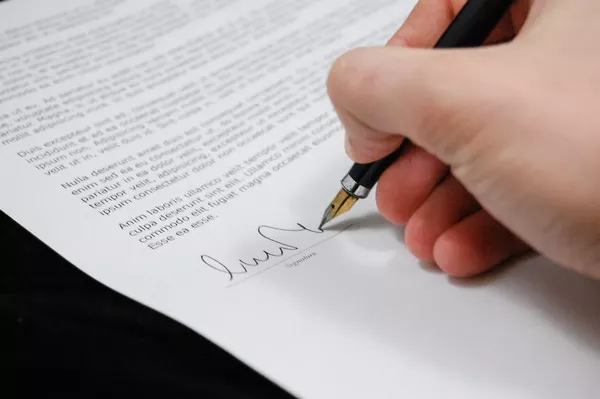Mental health disorders are complex and often challenging to diagnose accurately. Among the various conditions, bipolar disorder and depression share some common symptoms, making it difficult for individuals to distinguish between them. However, understanding the key differences is crucial as it enables timely intervention and appropriate treatment. In this article, we will explore the distinctive features of bipolar disorder and depression, providing insights into how to recognize each condition.
Understanding Bipolar Disorder
Bipolar disorder is a chronic mental illness characterized by extreme mood swings that alternate between mania and depression. Manic episodes are marked by a heightened sense of euphoria, increased energy levels, racing thoughts, impulsivity, and reckless behavior. On the other hand, depressive episodes involve feelings of intense sadness, loss of interest or pleasure in activities, fatigue, changes in appetite or sleep patterns, and suicidal thoughts.
Recognizing the Signs of Bipolar Disorder
Distinctive Mood Patterns: Unlike depression, individuals with bipolar disorder experience alternating periods of mania and depression. They may feel on top of the world during manic episodes but then plummet into deep sadness during depressive episodes.
Elevated Energy Levels: During manic phases, people with bipolar disorder often exhibit high levels of energy, talkativeness, and restlessness. They may take on multiple projects simultaneously and engage in risky behavior.
Decreased Need for Sleep: Those with bipolar disorder may require less sleep during manic episodes without feeling fatigued or tired.
Grandiosity and High Self-esteem: Individuals in a manic state may display an inflated sense of self-worth, believing they possess exceptional abilities or talents.
Rapid Speech and Racing Thoughts: Manic episodes often manifest as rapid and pressured speech patterns, accompanied by racing thoughts, making it difficult for others to keep up with their conversation.
Impulsivity and Risky Behaviors: People experiencing mania may exhibit impulsive behavior, such as excessive spending, engaging in unsafe sexual encounters, or substance abuse.
Understanding Depression
Depression, also known as major depressive disorder, is characterized by persistent feelings of sadness, hopelessness, and a loss of interest or pleasure in daily activities. It significantly impacts an individual’s mood, thoughts, physical health, and overall well-being.
Recognizing the Signs of Depression
Persistent Sadness: Overwhelming and prolonged sadness that persists for longer than two weeks is a hallmark symptom of depression. The person may feel hopeless, empty, or numb.
Loss of Interest or Pleasure: Individuals experiencing depression often lose interest in activities they once enjoyed. Hobbies, social interactions, and even personal relationships may become devoid of pleasure.
Changes in Sleep Patterns: Depressed individuals may experience disruptions in their sleep, either struggling with insomnia or sleeping excessively.
Appetite and Weight Changes: Depression can lead to significant appetite changes, resulting in weight gain or loss. Some individuals may have a reduced appetite, while others seek comfort in food, leading to overeating.
Fatigue and Low Energy: Depression often causes chronic fatigue and a lack of energy, resulting in diminished motivation and difficulty carrying out daily tasks.
Feelings of Guilt or Worthlessness: Individuals with depression frequently experience pervasive feelings of guilt, worthlessness, or low self-esteem, often accompanied by self-criticism or self-blame.
Suicidal Thoughts: In severe cases of depression, individuals may contemplate or express thoughts of self-harm or suicide. If you or someone you know expresses suicidal thoughts, seek immediate professional help.
When to Seek Professional Help
If you recognize several of the symptoms mentioned above and suspect you may have bipolar disorder or depression, it is crucial to consult a healthcare professional. They can conduct a comprehensive evaluation, including a thorough medical history assessment and diagnostic interviews, to determine an accurate diagnosis. Self-diagnosis is not advisable as mental health conditions require expert guidance for proper management.
Conclusion
Distinguishing between bipolar disorder and depression can be challenging due to overlapping symptoms. However, recognizing the distinct patterns and characteristics of each condition is essential for early identification and appropriate treatment. If you or someone you know exhibits signs of either disorder, seeking professional help is paramount. Remember, a timely diagnosis and proper treatment plan can significantly improve the quality of life for individuals living with bipolar disorder or depression.
Related Topics:




























